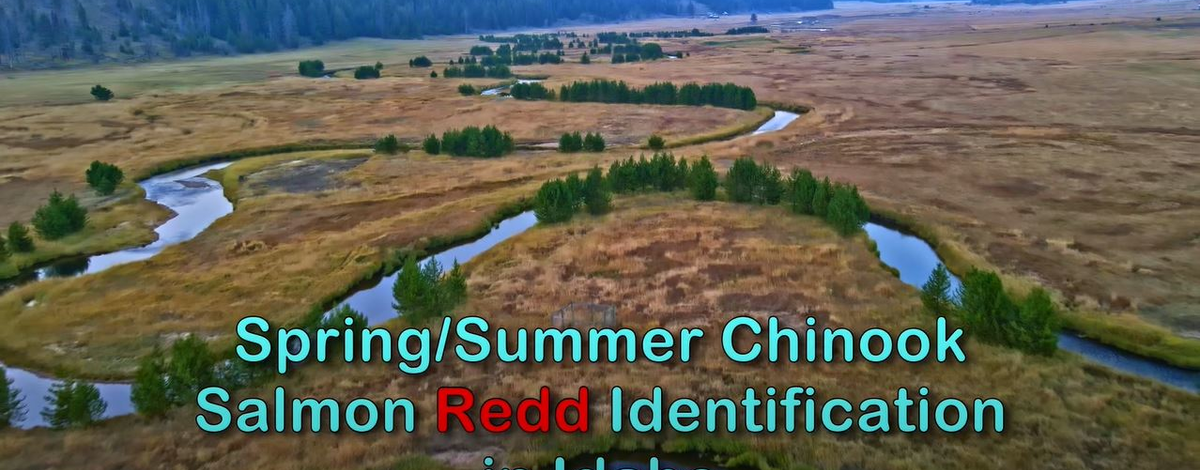The term “redd” came to America from Scotland. It means “to clear an area or to make it tidy.” – The Free Dictionary.
Female Chinook salmon build and lay their eggs in a gravel nest called a redd. Redd counts provide fisheries managers with insight about Chinook salmon spawning activity and how many females survived the journey back and were able to complete their goal of putting eggs into the stream. Redd identification skills help fisheries crews, anglers, and others avoid stepping on and destroying the vulnerable, buried eggs while traversing Idaho Chinook salmon spawning streams during the late summer and fall.
Idaho Department of Fish and Game (IDFG) fisheries biologists produced this video to train interagency field crews on the proper techniques of finding and identifying redds. Anglers, boaters, and property owners will also find this video valuable to help protect redd sites and conserve these fish by avoiding them.
Redds can be found be along the shore if spawning gravel and good flow is available. However, most redds will be near the lower end of the pool or run tailout. It is best to cross the stream upstream or downstream of the redd to avoid disturbing the nest or damaging the eggs.
For more information about Chinook salmon spawning in Idaho streams, see: https://idfg.idaho.gov/blog/2019/09/spring-chinook-spawning-season-full-swing
For more interesting information on IDFG's work with wild salmon and steelhead click here.

